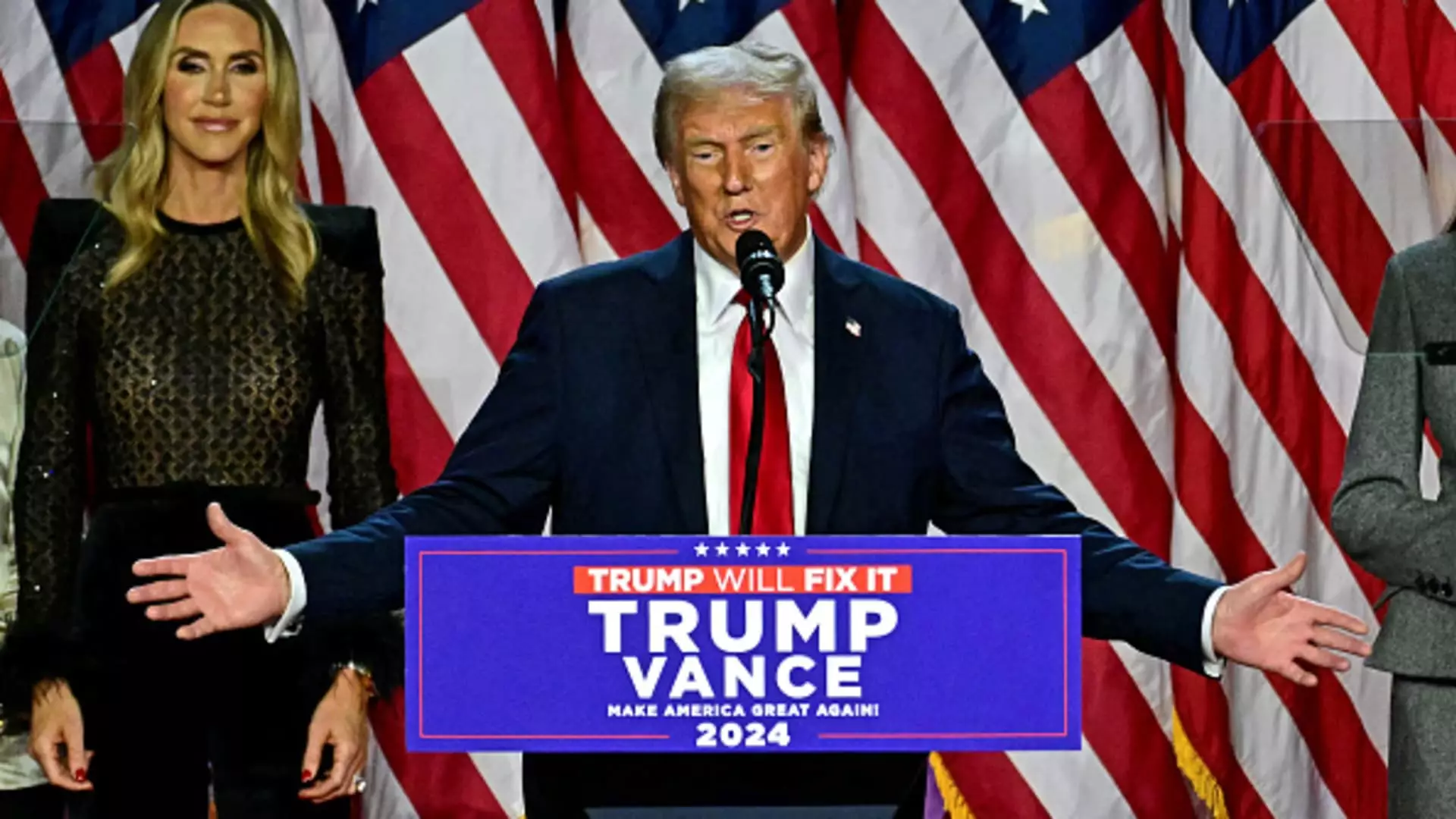The recent electoral victory of President-elect Donald Trump signals a notable shift in the tax landscape, particularly concerning high earners and investment-related taxes. Economic analysts and tax experts assert that the likelihood of increased individual tax rates, specifically for top earners, has significantly diminished. Among the proposed changes from the previous administration, Vice President Kamala Harris suggested raising the long-term capital gains tax rate for individuals earning over $1 million annually from 20% to 28%. This increase, however, finds itself at odds with the proposals outlined in President Joe Biden’s budget for fiscal year 2025, which envisaged an even steeper hike to a 39.6% cap for the same income bracket.
What this polarization illustrates is not merely an ideological divide but a forecast of how tax policy will evolve—or stagnate—under the Trump presidency. Experts like Erica York from the Tax Foundation emphasize that with a Republican-dominated Congress, higher capital gains tax rates seem “entirely off the table.” This suggests a broader inclination towards maintaining the existing tax structures rather than innovating or reforming them.
The Trifecta of Political Power
As of the latest electoral results, the Republican Party has gained control of the Senate and potentially holds a narrow majority in the House of Representatives. This establishment of a “trifecta”—where one party controls the presidency and both chambers of Congress—positions Republicans to significantly influence tax legislation without the immediate threat of opposition. In such a scenario, substantial changes to capital gains tax policy are improbable for the foreseeable future.
For the tax year 2024, high-income investors will continue to face long-term capital gains tax rates capped at 0%, 15%, or 20%, contingent upon their taxable income. For context, these rates apply to assets held for over one year. Furthermore, any assets sold before the one-year mark fall under regular income tax laws, making the distinction vital for investment strategies.
The Net Investment Income Tax and Its Future
Another critical component of the tax structure for high earners is the net investment income tax (NIIT), levied at 3.8% once modified adjusted gross income surpasses defined thresholds—$200,000 for single filers and $250,000 for married couples. This tax, essential for augmenting federal revenue, particularly when combined with long-term capital gains taxes, results in a cumulative tax burden of up to 23.8% for higher-income individuals.
Some experts, like Howard Gleckman from the Urban-Brookings Tax Policy Center, warn that there may be attempts among Republicans to abolish the NIIT. However, he cautions about the potential fiscal impact this could incur. The national deficit has exceeded $1.8 trillion for fiscal year 2024, underscoring the need for careful deliberation regarding any tax cuts that could exacerbate this issue.
The future of tax policy in the United States appears to be heading towards the preservation of status quo under the new Republican administration. For high earners and investors, this could mean a continuation of existing tax rates, shielding them from proposed hikes. As potential policy changes are analyzed and debated in Congress, the implications for federal revenue and economic equity warrant careful observation. The landscape of taxation, particularly for affluent individuals, is marked by complexities that will require nuanced understanding and strategic approaches as the political tides shift.

